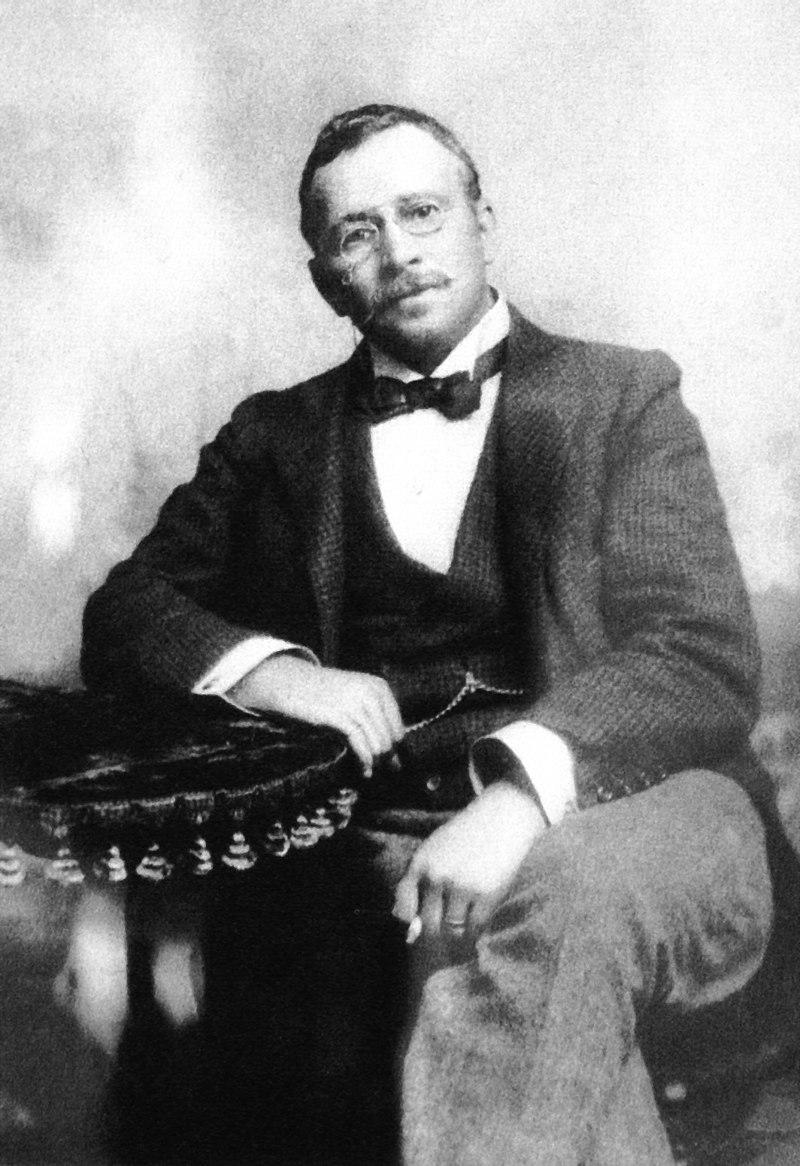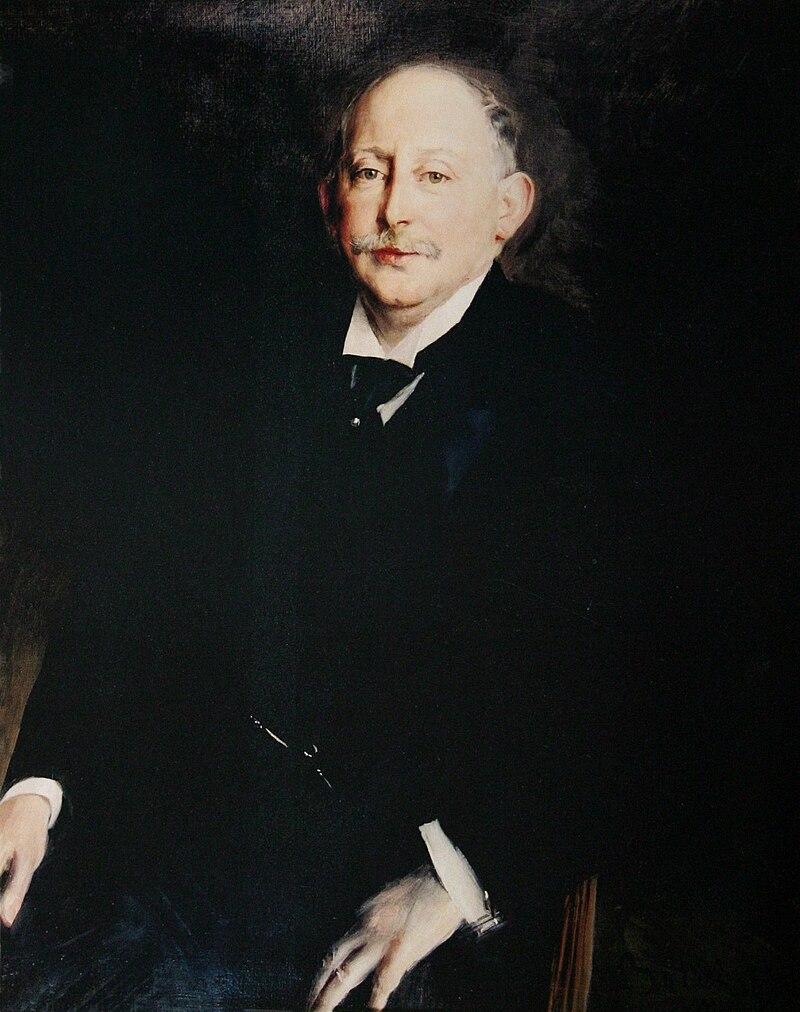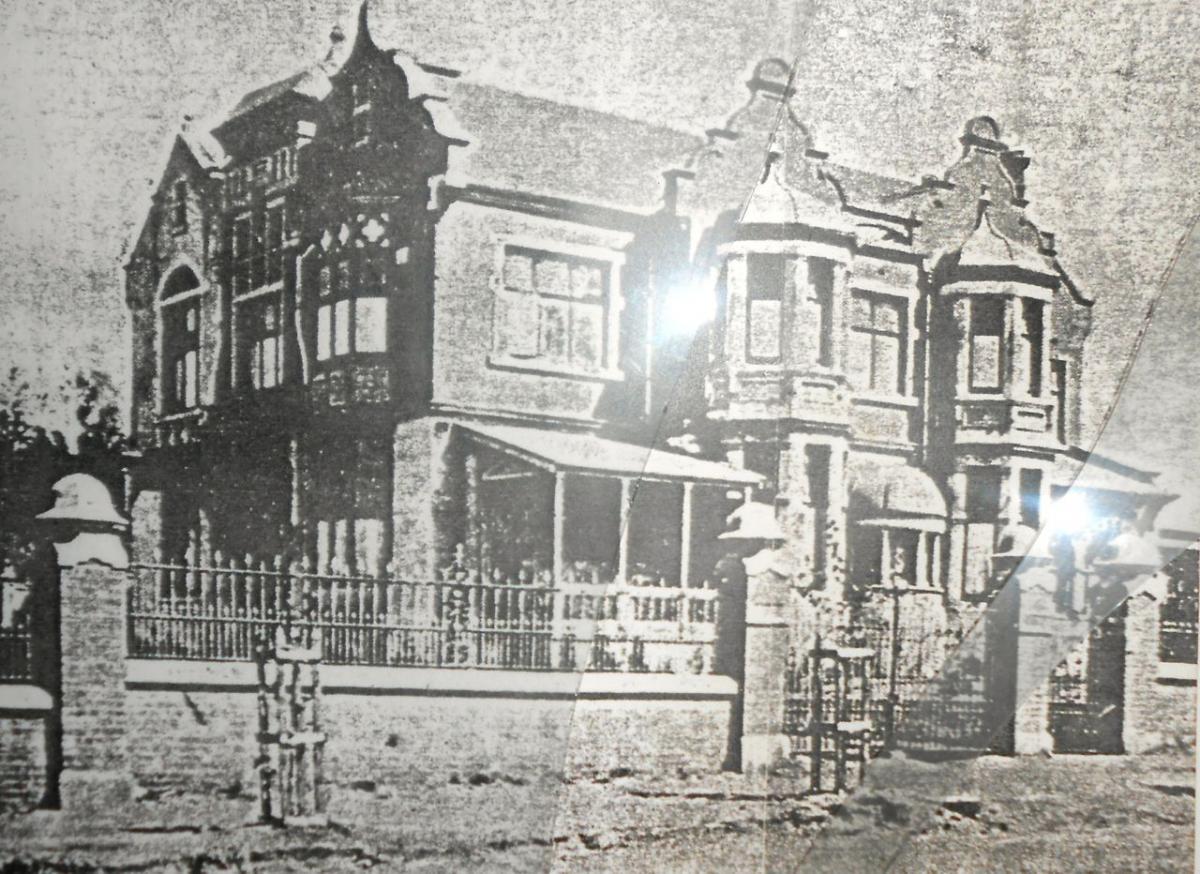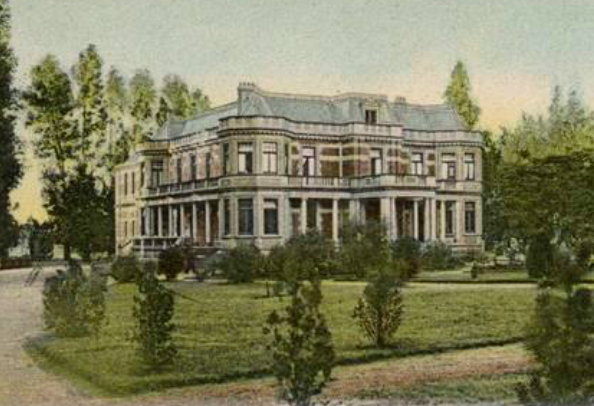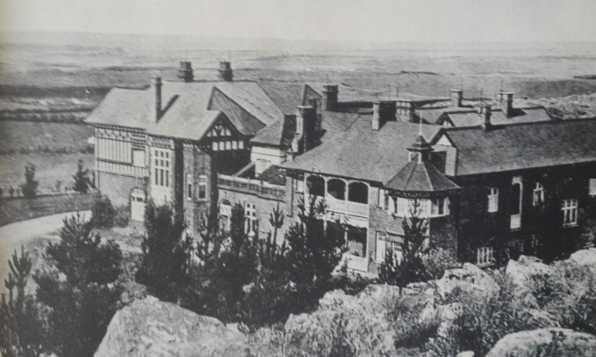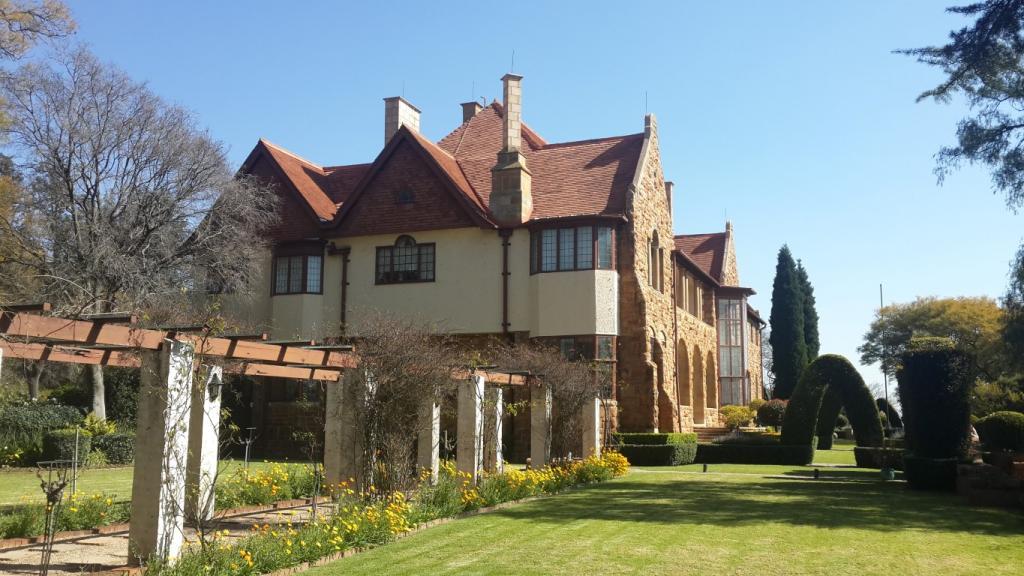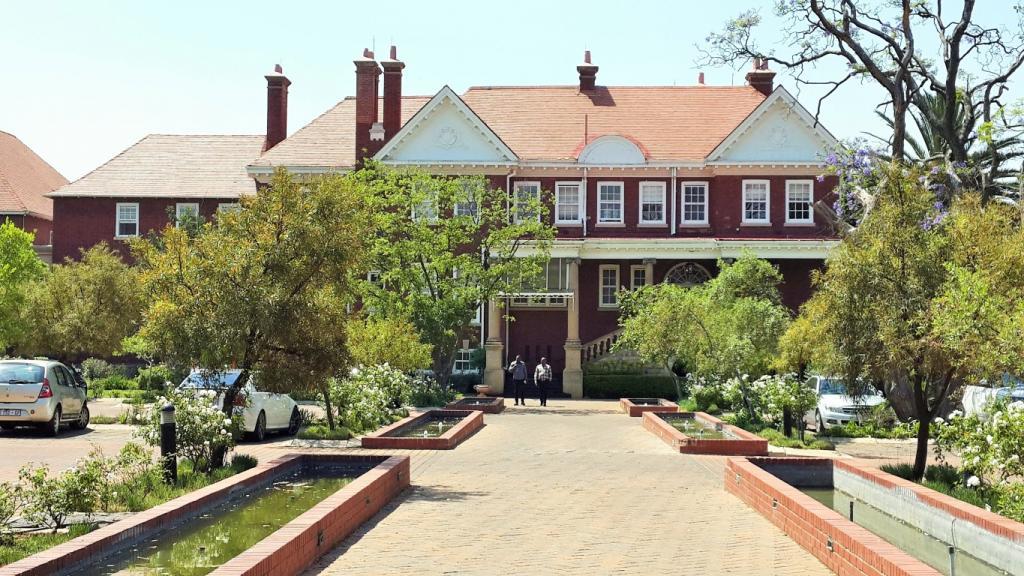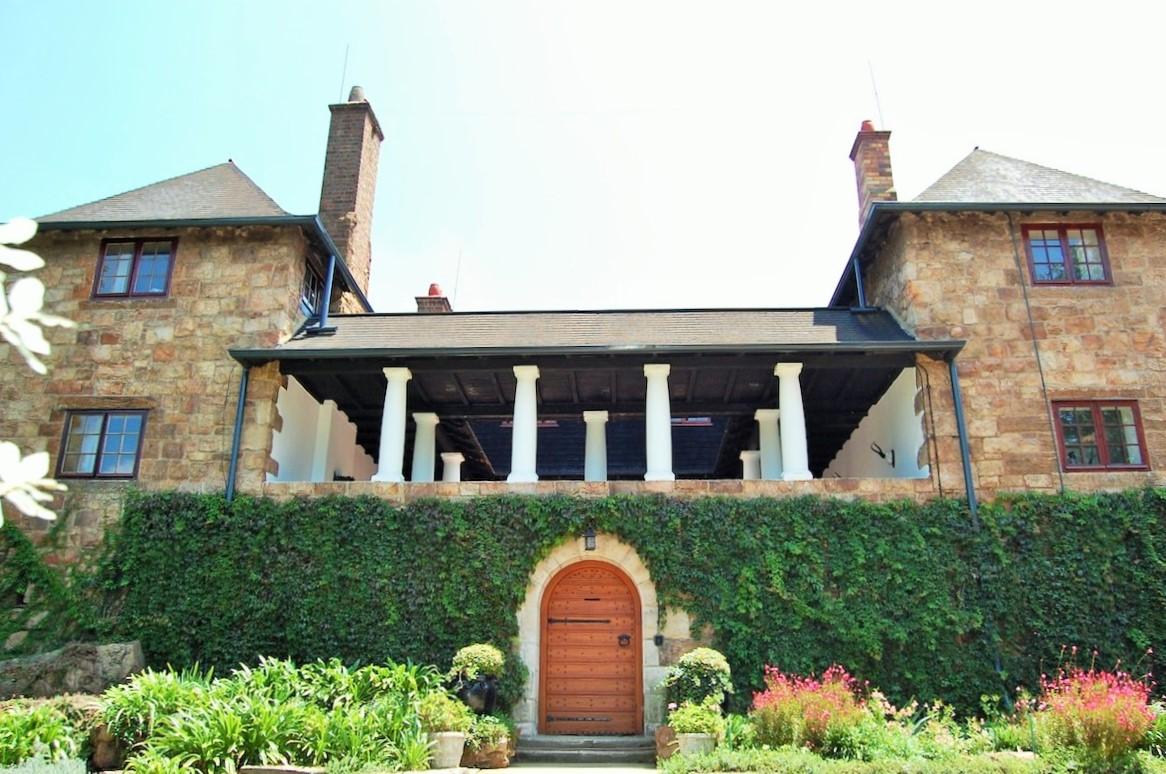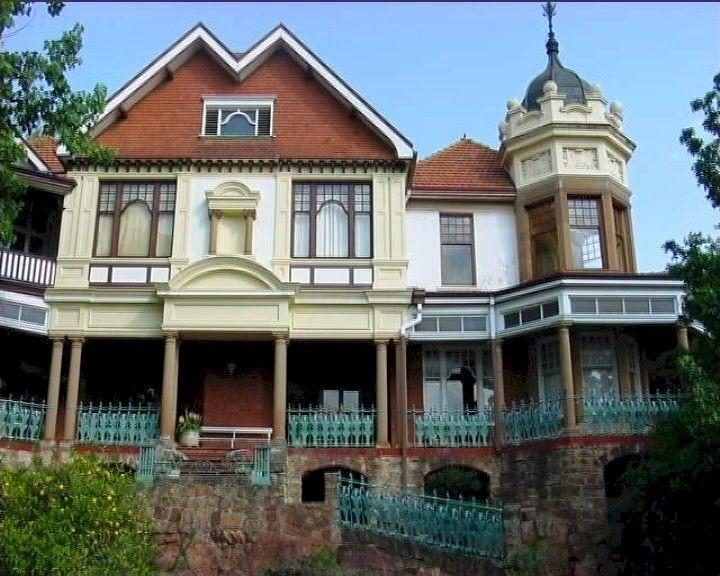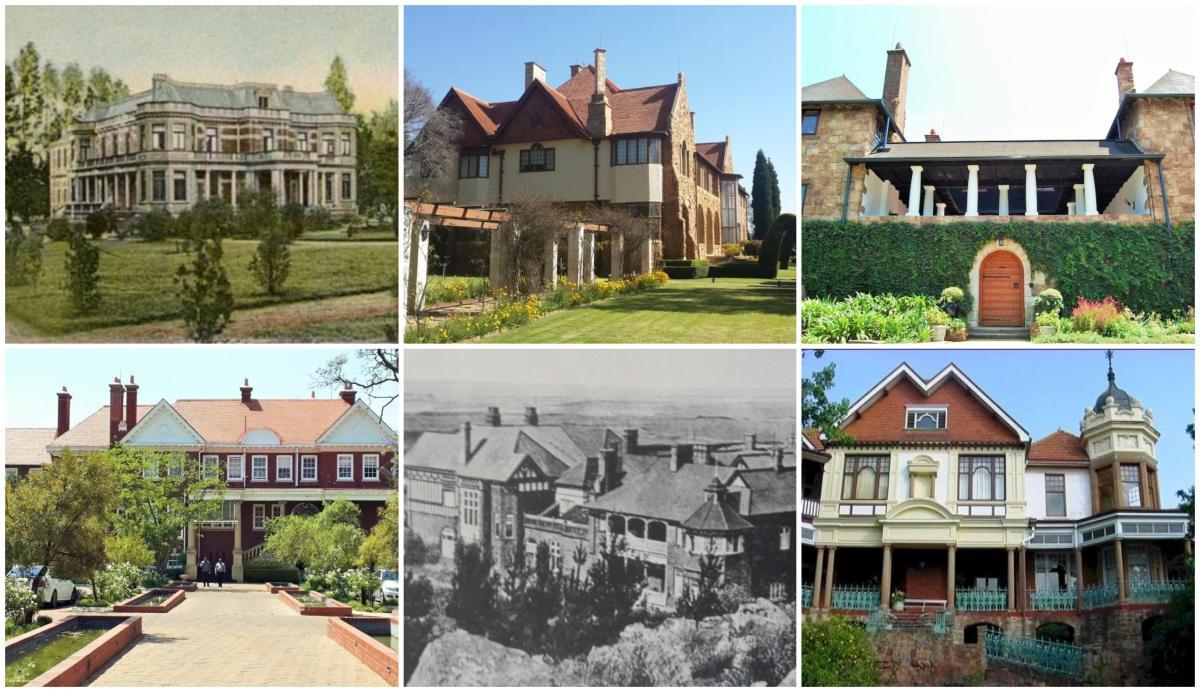
Disclaimer: Any views expressed by individuals and organisations are their own and do not in any way represent the views of The Heritage Portal. If you find any mistakes or historical inaccuracies, please contact the editor.
In the short article below, Oscar Norwich, Johannesburg historian and collector, looks at the lives and mansions of a few of the Randlords. These were the men who shaped the history of early Johannesburg following the discovery of the largest goldfield on earth. The piece first appeared in the old Johannesburg Historical Foundation's journal 'Between the Chains'. Thank you to the Norwich family for their kind permission to publish this article.
The Diamond Rush of the early 1870s and the Gold Rush of the 1880s changed South Africa in a few years from a somewhat backward and unattractive country to a vast land of opportunity and fortune. The Randlords refer to those many colourful and dynamic personalities who seized these golden opportunities. Among them were many of the outstanding builders who fought, struggled, intrigued, lied, won and lost until South Africa became what it is today.
Johannesburg was officially proclaimed in 1886, developing and thriving since then in the atmosphere of the Randlords who established their homes in Johannesburg, pursuing their cultural and sporting activities.
One of the most colourful of these Randlords was Barney Barnato. He was born Barnett Isaacs in the poor East End Jewish quarter of London. Several sources suggest that he came to Cape Town with a mere £30 and some doubtful cigars to sell in partnership with his brother-in-law Joel. In a short time he became famous in Kimberley as a senior director of the wealthy De Beers Group and was later appointed a Life Governor. With news of a Gold Rush on the Rand he migrated, in fact commuted, to Johannesburg in 1889, particularly when he became involved in many large financial and property deals.
Barney Barnato (Wikipedia)
The original farm Doornfontein, extending eastwards from End Street (named as such because it was the end of the town) through old and new Doornfontein for some six miles, was bought in 1879 by a Mr F Bezuidenhout reportedly for a span of oxen and a trek chain. The suburb of Doornfontein was laid out in 1887 by the Corner House syndicate with Alfred Beit, another famous Randlord, as senior director. The main thoroughfare of Doornfontein was named after him.
Alfred Beit (Wikipedia)
As suburbs developed, houses were built and lived in. Barney Barnato lived in the magnificent mansion Norman House in End Street, famous for his business breakfasts there and subsequently to become the fashionable home of Dale Lace and even later as a well-known Johannesburg nursing home.
Old photo of Norman House
On perusing the Johannesburg Directory of 1894, one reads that in End Street lived G. Loewenstein, E. Beuthin, George Albu and G. Fox. In Beit Street we find the residences of Solly Joel, Haak de Villiers, W.P. Currie; Woolf Joel is listed in 1895 in the same address as Solly Joel; Buxton Street housed Percy Fitzpatrick.
In 1892, JCI bought a 117 morgen portion of the farm Doornfontein from Mr Bezuidenhout for £5,000 and developed the suburbs of Berea and Yeoville. The reservoir in Harrow Road was also built.
In order to get away from the hustle and bustle of the Johannesburg business centre, Barnato acquired eleven acres of what became Berea and there he built his famous Barnato Park and in it planned an £80,000 mansion modelled on a similar home in England. He never saw it because the year before it was completed he died at sea under tragic circumstances.
Postcard of Barnato Park / Joel House
The second phase of the growth of Johannesburg saw the establishment of Parktown in 1893, approximately four years after Doornfontein, by the Corner House magnates Hermann Eckstein, Alfred Beit and Lionel Phillips, who had a large say in the survey of this new suburb. Parktown was intended to be a superior part of Johannesburg and the first attempt at more logical town planning. Roads were to be widened and follow the contour of the natural land. Only residential properties were allowed and the title deeds were to include strict servitude, restriction of trade, poultry yards and any other objectionable features that might reduce the high tone of the suburb. Each house was to stand on at least one acre. In other words, it was to be a garden suburb and even fenced off with entrance and exit gates.
Hohenheim, one of the grand mansions of Parktown
Parktown was thus to become the residential favourite for several Randlords and magnates many of whom had once called Doornfontein home. Famous personalities included Albu of the General Mining Group, the Dale Laces, H.C. Hull, Abe Bailey of the SA Township Group, C. L. Anderssen and Eckstein.
Northwards, home of the Dale Laces and then Albus (The Heritage Portal)
Emoyeni built for Henry Hull, who later became Minister of Finance in the first Union government (The Heritage Portal)
Ridge Road and Rockridge Road became favourite sites because the palatial homes built there had an uninterrupted view to the north for thirty miles.
Herbert Baker built his own house (Stonehouse) on Rockridge Road (The Heritage Portal)
In those days when the trams went only as far as Smit Street in front of the General Hospital, the Parktown Estate Administration ran their own line of buses. Parktown then also boasted its own water supply from a spring in Sans Souci (Empire Road).
It is a pity that these truly historic and artistic homes of the Randlords were not preserved as landmarks of the history of Johannesburg.
Dolobran (Lucille Davie)
About the author: Dr. Oscar Norwich was a medical doctor and passionate collector who focused on African maps and Johannesburg history. As founder of the Johannesburg Historical Foundation, he led city tours and tirelessly sought rare historical items related to Johannesburg. In 1986, he published a large folio-sized book of his Johannesburg postcard collection to commemorate the city's centenary. Norwich also authored several books on African and Southern African maps. His significant map collection was eventually acquired by Stanford University in the USA, though it remains accessible to scholars online.
Comments will load below. If for any reason none appear click here for some troubleshooting tips. If you would like to post a comment and need instructions click here.

